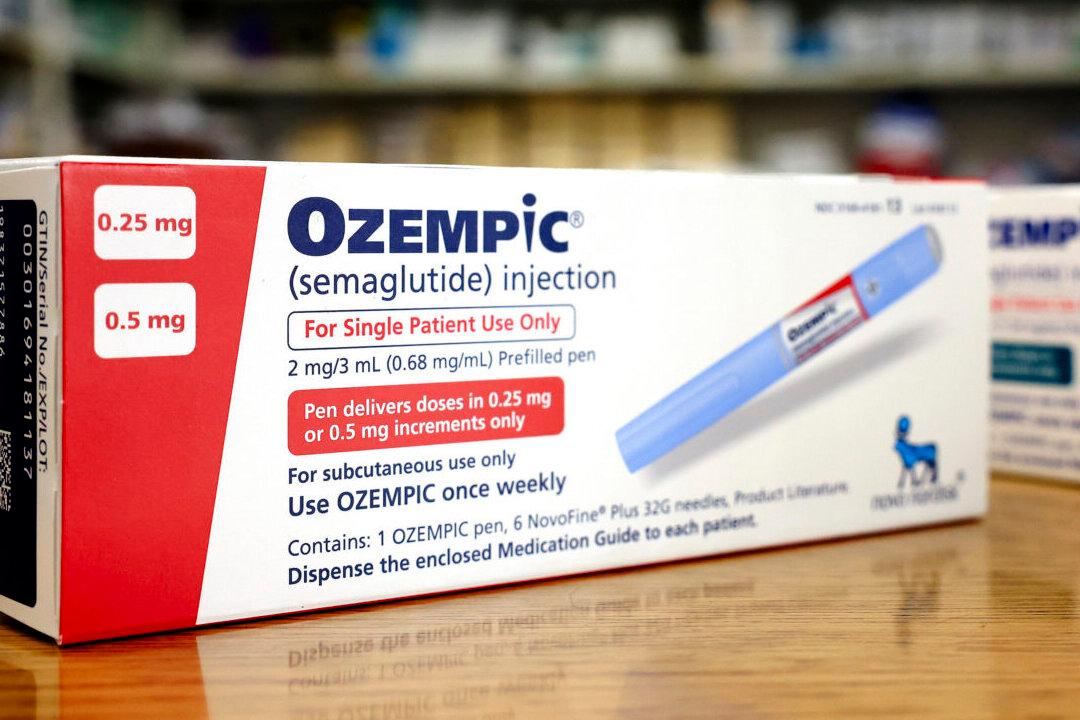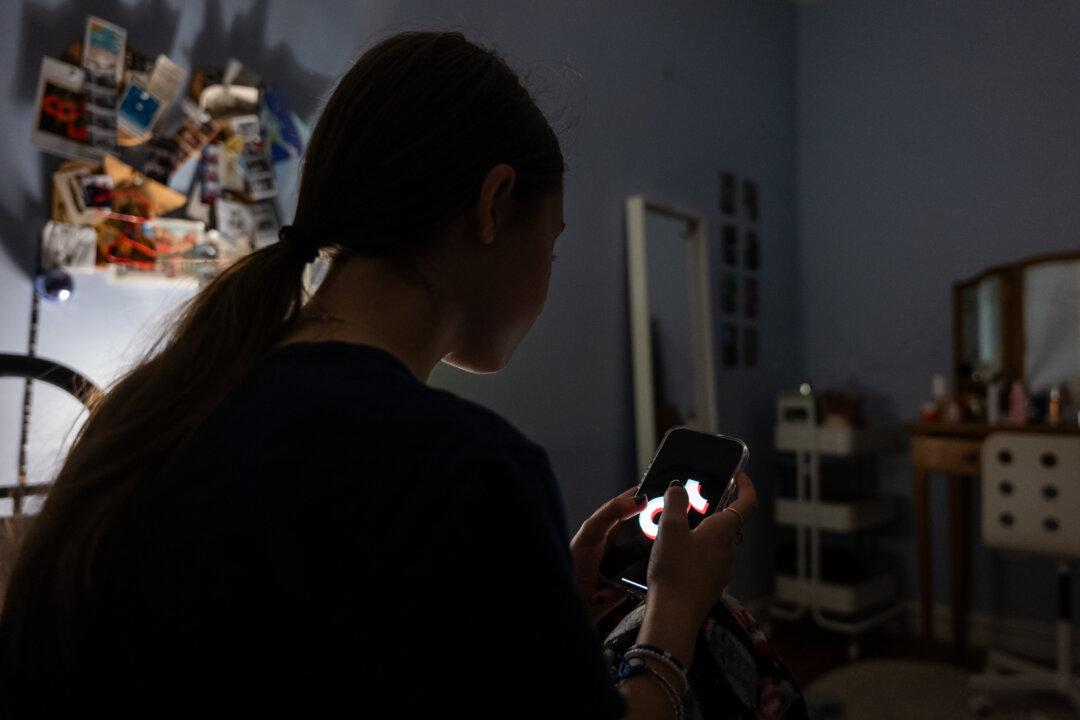The CDC defines an outbreak as three or more related cases.
For comparison, the 97 cases mark a 67 percent increase from the 58 cases of measles confirmed during four outbreaks that occurred throughout 2023. Of those, 48 percent (28 of 58) were outbreak-associated.
Of the 97 measles cases confirmed so far in 2024, 70 have been outbreak-related, and the majority of the cases have been reported in those who recently traveled outside of the United States, particularly unvaccinated travelers.
The CDC also reported that 59 percent of those who contracted the disease were unvaccinated. More cases have been reported in younger people, with 52 percent of the cases being confirmed in children under 5. Just 22 percent were between the ages of 5 and 19, and 26 percent of the cases were contracted over the age of 20.
Of the cases reported so far, 56 percent of the people contracting the measles virus were hospitalized for isolation or management of complications associated with the disease. Of the children under the age of 5 who contracted measles, 68 percent were hospitalized. Of those between the ages of 6 and 22 who contracted measles, 27 percent were hospitalized, and of those above the age of 20, 56 percent were hospitalized.
The incubation period of the measles virus from exposure to the onset of fever usually takes seven to 12 days. The rash usually becomes visible within two weeks after exposure. The measles virus is transmitted through direct contact with infectious droplets or by airborne spread when an infected person breathes, coughs, or sneezes, and can remain infectious in the air and on surfaces for up to two hours after an infected person leaves an area. Individuals infected with measles are contagious from four days before the rash starts to four days afterward.
Dr. Scherger also advised that measles is most dangerous for children under 5 and for immunocompromised adults over 65.
CDC Recommendations and Advisories
In an effort to mitigate the spread of the measles virus, the CDC offers guidance to individuals, hospitals, and government agencies.Once a case of measles has been confirmed, active surveillance is to be conducted for additional cases, and specimens are to be transmitted immediately to confirm the diagnosis.
Details about each case of measles, including confirmation of adherence to recommended precautions, are to be recorded and reported.
Parents who plan to travel internationally with their children are advised to consult with their child’s health care provider to confirm that their MMR vaccinations are up-to-date at least two weeks before travel.
When international travelers return to the United States, the CDC recommends monitoring themselves and their children for signs and symptoms of the measles virus for three weeks. If they or their child begin to show symptoms of a rash and a high fever, they are advised to contact their health care provider and tell them they had traveled to another country and let them know when or if they or their child had received an MMR vaccine.
On March 13, the CDC issued a Level 1 travel advisory for 46 countries in response to a global outbreak of measles. While the CDC only added Russia and Malaysia to the list of countries currently facing large measles outbreaks, the agency warned that the threat is not limited to the listed countries as the number of cases continues to rise globally.
“Measles spreads rapidly and may become a risk to travelers in places not included on the list above,” the CDC advised, recommending that “all travelers are fully vaccinated against measles when traveling to any international destination.”





